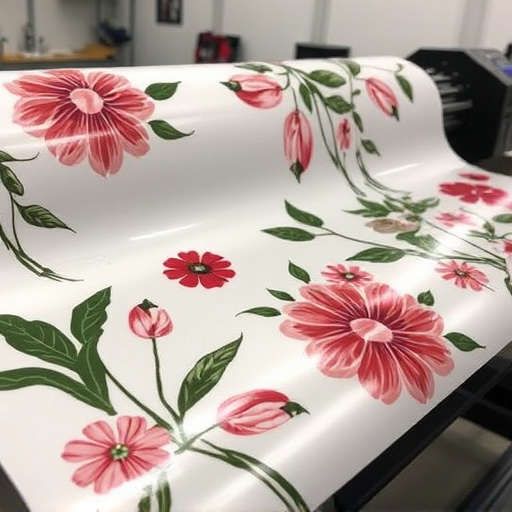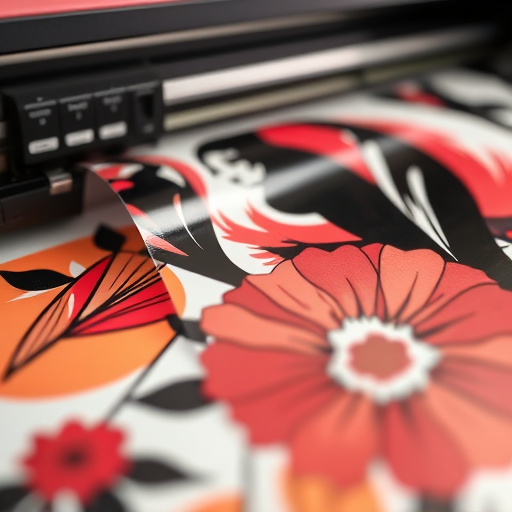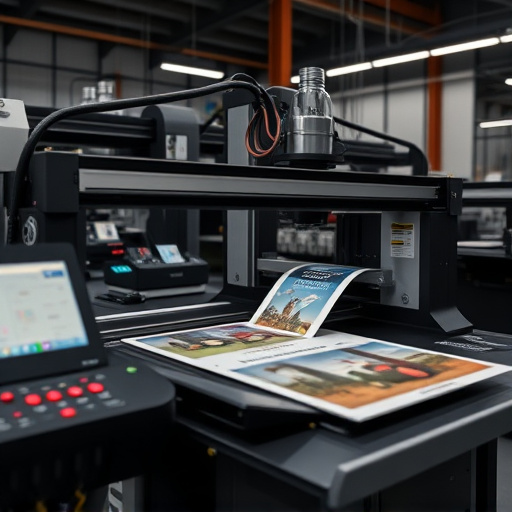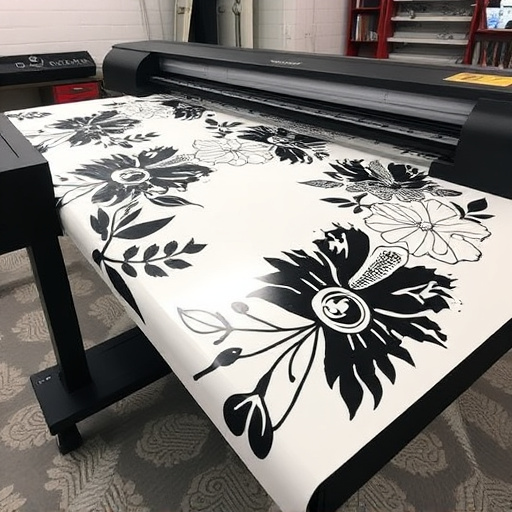In today's competitive retail landscape, understanding DTF Market Trends is key to success. Advancements like Direct-to-Garment (DTG) printing for t-shirts empower retailers with on-demand custom production, minimizing inventory risks and swiftly adapting to market shifts. This agile approach expands design possibilities, caters to niche customers, and fosters brand loyalty among custom t-shirt enthusiasts while challenging traditional brick-and-mortar stores through Direct-to-Consumer (DTF) models fueled by e-commerce's growth.
The direct-to-consumer (DTF) market is reshaping retail, demanding agile production strategies from businesses. This guide explores the rapid shift towards DTF models, uncovering both the benefits and challenges retailers face in adapting their operations. We delve into how agile manufacturing processes, powered by emerging technologies like AI, AR, and IoT, are revolutionizing the industry. By examining successful case studies and best practices, retailers can navigate this dynamic landscape and stay competitive in a rapidly evolving market.
- Understanding DTF Market Trends: The New Retail Norm
- – Exploring the rapid shift towards direct-to-consumer (DTF) models
- – Benefits and challenges for retailers embracing this trend
Understanding DTF Market Trends: The New Retail Norm

In today’s dynamic retail landscape, understanding DTF Market Trends is no longer a luxury but a necessity for businesses aiming to stay competitive. These trends, driven by advancements in technology and shifting consumer preferences, are reshaping the way retailers approach production and inventory management. Among these, dtf printing for t-shirts has emerged as a game-changer, offering speed, efficiency, and cost-effectiveness compared to traditional methods.
Retailers are increasingly adopting DTF (Direct-to-Garment) printing technologies, such as heat press machines, to facilitate on-demand production of custom t-shirts. This agile approach allows for a wide range of design possibilities while minimizing the need for large inventory investments. As a result, businesses can swiftly respond to market fluctuations, cater to niche customer segments, and create unique, personalized products that drive sales and foster brand loyalty among custom t shirts enthusiasts.
– Exploring the rapid shift towards direct-to-consumer (DTF) models

The retail landscape is undergoing a significant transformation with the rapid growth of Direct-to-Consumer (DTF) models. This shift represents a dramatic change from traditional brick-and-mortar stores, empowering brands to connect directly with their customers online and offering a more personalized shopping experience. DTF trends are reshaping production strategies as retailers embrace agility and adaptability in an increasingly competitive market.
The rise of e-commerce has accelerated this trend, enabling small businesses and independent designers to bypass the traditional retail channels and reach a global audience. This direct connection allows for better control over product quality, pricing, and marketing, fostering stronger brand loyalty. In terms of DTF printing, techniques like DTG (Direct-To-Garment) for t-shirts have gained popularity, allowing retailers to swiftly respond to market demands by offering custom designs at competitive prices.
– Benefits and challenges for retailers embracing this trend

Embracing DTF (Direct-to-Fabric) Market Trends offers retailers a dynamic and responsive approach to production, enabling them to swiftly adapt to changing customer preferences. This method streamlines the process of creating custom graphic tees, allowing for on-demand printing and reduced lead times. Retailers can leverage this trend to offer unique, personalized products with minimal inventory investment, enhancing their competitive edge in today’s fast-paced market.
However, navigating DTF presents its challenges. Retailers must invest in specialized equipment and training for dtf printing for light fabrics, ensuring high-quality outcomes. Managing supply chains and maintaining consistent product quality across various fabric types can be complex. Yet, with the right strategies, retailers can capitalize on DTF’s agility, offering a seamless experience to customers demanding quick turnaround times and distinctive designs—a key aspect of modern consumer behavior.
The embrace of Direct-to-Consumer (DTF) market trends is transforming retail, compelling businesses to adapt their strategies for survival. This shift empowers brands to connect directly with consumers, offering numerous advantages such as increased customer engagement and data insights. However, it also presents challenges, including the need for agile production methods and a deep understanding of consumer behavior. For retailers navigating this new retail norm, staying abreast of DTF market trends is essential for fostering growth, enhancing customer experiences, and securing a competitive edge in an ever-evolving landscape.














